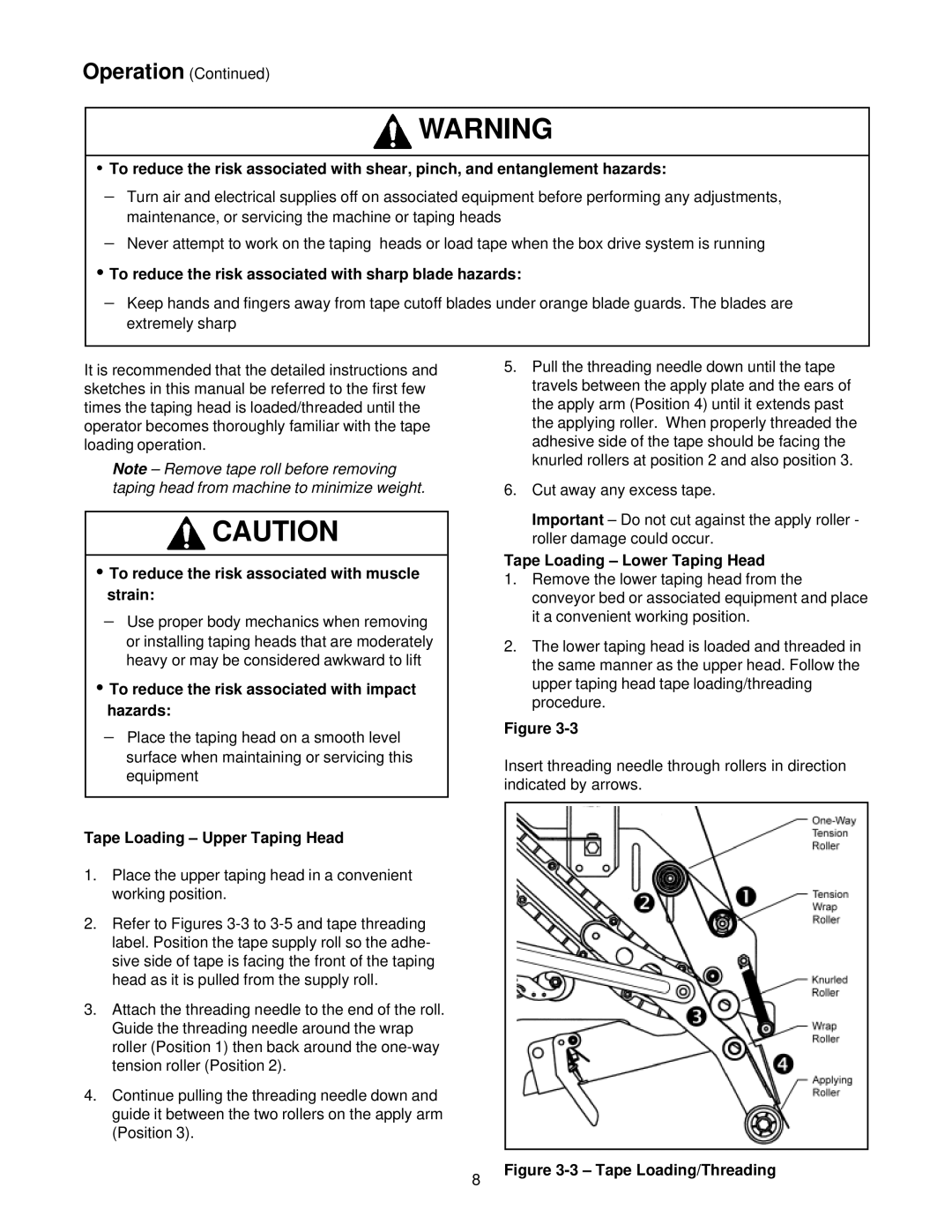10500 specifications
The 3M 10500 is a robust and versatile product, widely recognized in various industries for its reliability and performance. Primarily, this offering is utilized in applications requiring high-quality adhesive solutions, primarily due to its exceptional bonding capabilities. The 3M 10500 is designed to meet the demands of diverse manufacturing processes, making it an indispensable tool for professionals in fields such as automotive, electronics, and construction.One of the standout features of the 3M 10500 is its strong adhesion properties. It is engineered to create lasting bonds between a variety of substrates, including metals, plastics, and composites. This versatility ensures that it can be employed in both simple and complex projects, offering flexibility to users. The high initial tack of the adhesive allows for quick assembly, which can significantly enhance productivity and efficiency on the production line.
In terms of technology, the 3M 10500 incorporates advanced formulations that promote excellent performance under testing conditions. The adhesive exhibits outstanding temperature resistance, allowing it to function effectively in environments that subject materials to high heat or variable temperatures. This characteristic is especially critical for applications where thermal stability is paramount.
Moreover, the 3M 10500 is designed to be user-friendly, with easy application processes. It can be dispensed through various systems, making it suitable for automated processes as well as manual applications. This adaptability allows companies to optimize their production workflows, reducing downtime and minimizing waste.
Another essential characteristic of the 3M 10500 is its long-lasting durability. Once cured, the adhesive provides a strong bond that withstands mechanical stress, ensuring that applications maintain their integrity even under challenging conditions. This durability is particularly relevant in industries such as automotive manufacturing, where components are often subjected to dynamic loads and vibrations.
Overall, the 3M 10500 stands out in the marketplace due to its unmatched bond strength, temperature resilience, and user-friendly applications. Its advanced technology and robust characteristics make it a preferred choice for those seeking a reliable adhesive solution that can meet and exceed the demands of modern manufacturing processes.

